A new writing system has been uncovered by a research team at the University of Cologne’s Department of Linguistics that provides more insight into the history of the Kushan Empire, which was a prominent state of the ancient world.
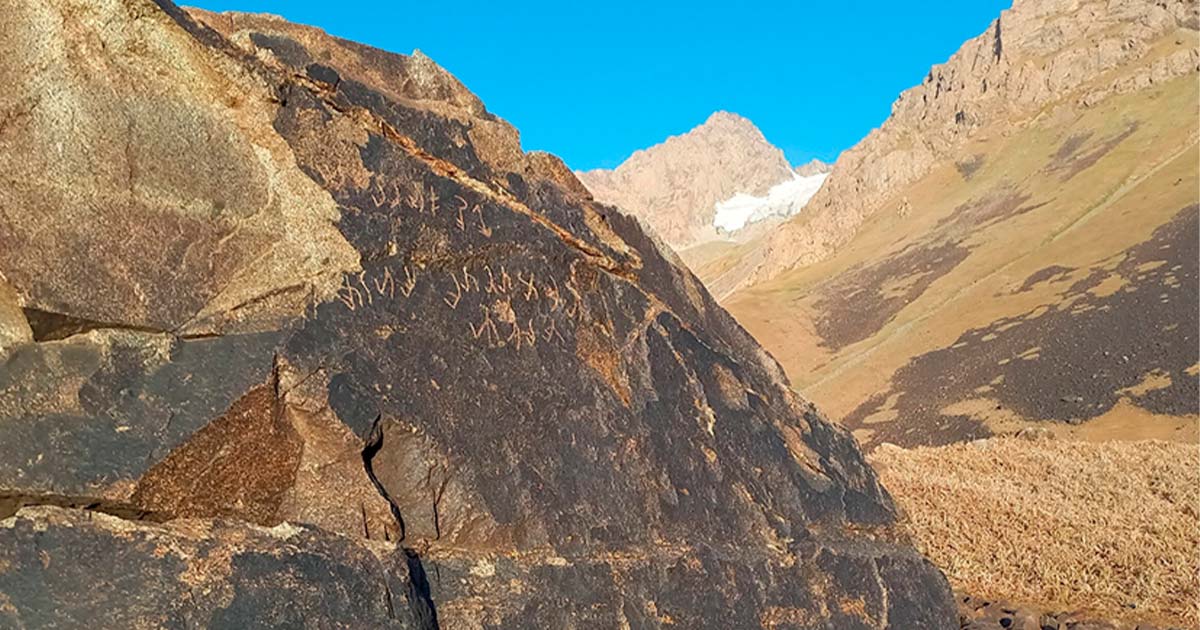
At the University of Cologne, a crew of new researchers managed to decipher an enigma that has been confounding scholars for more than 70 years: the “unknown Kushan script.” Svenja Bonmann, Jakob Halfmann, and Natalie Korobzow studied images of inscriptions detected in caves, as well as symbols on bowls and clay pots from a few Central Asian countries for a number of years to assemble the puzzle.
On March 1, 2023, a report of a partial decipherment of the unknown Kushan script was exposed at an online conference of the Academy of Sciences of the Republic of Tajikistan. As of now, it is estimated that 60% of the symbols are able to be decoded, and the group is still aiming to read the rest of the characters. A thorough explanation of the decipherment has been printed in the publication Transactions of the Philological Society with the title “A Partial Decipherment of the Unknown Kushan Script.”
Breakthrough achieved through new discovery
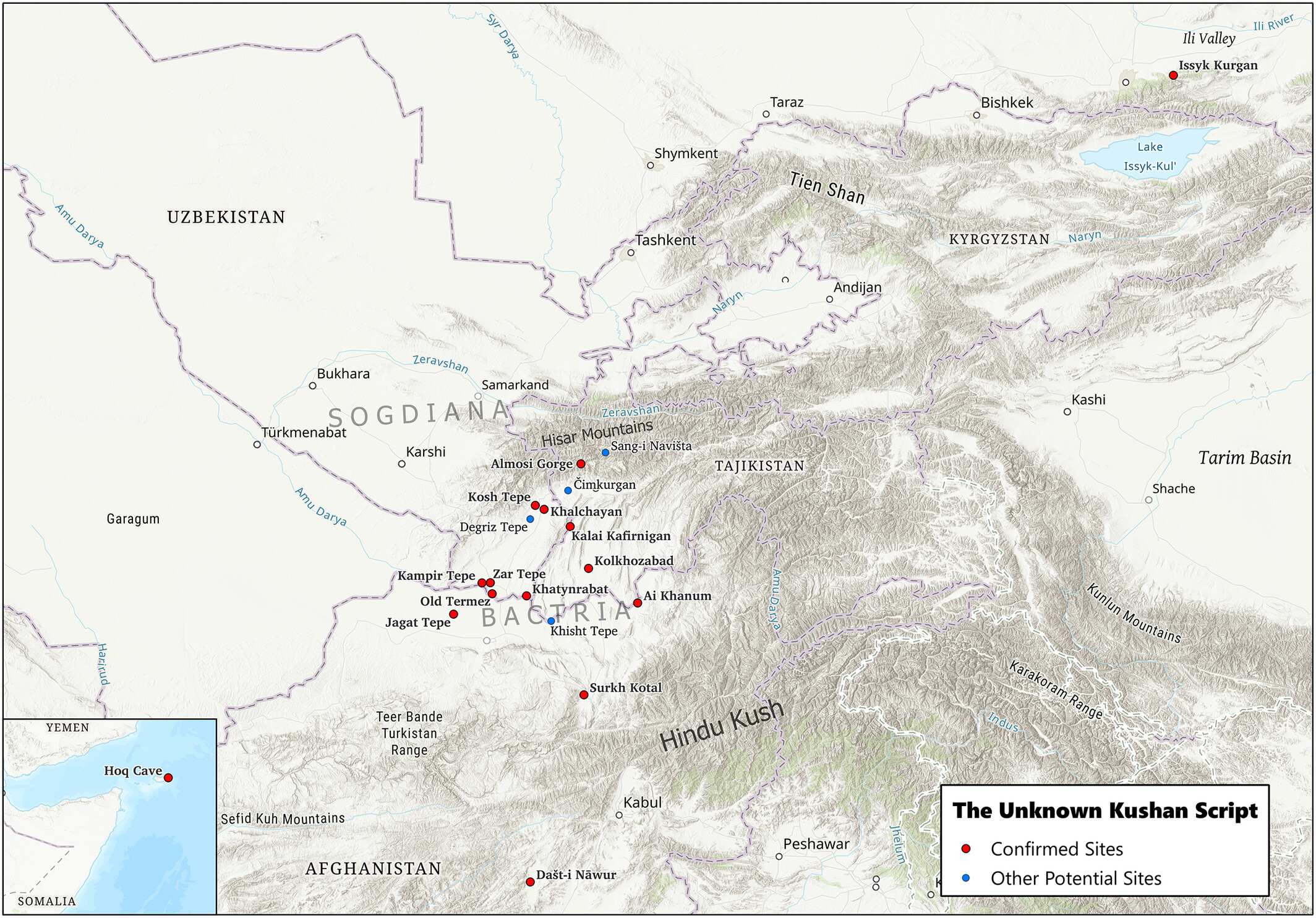
The writing system of the Kushans, which is still unknown, was in use within Central Asia between the years 200 BCE and 700 CE. It is believed to have been used by the early nomadic people of the Eurasian steppe, such as the Yuezhī, and the ruling dynasty of the Kushans. The Kushan Empire played a major role in the diffusion of Buddhism in East Asia, as well as in the development of monumental architecture and artworks.
To this point, many mostly brief inscriptions have been encountered, mainly from Tajikistan, Afghanistan and Uzbekistan. Additionally, a longer trilingual inscription was discovered by French archaeologists in the 1960s at Dašt-i Nāwur in Afghanistan: on a boulder at 4,320 m above sea level on Mt. Qarabayu, located about 100 km southwest of Kabul.
It had been known since the 1950s that a writing system existed, but it had never been deciphered. However, in 2022 a bilingual inscription was discovered, carved into a rock face in the Almosi Gorge near Dushanbe in Tajikistan. The text contained sections written in the already known Bactrian language as well as an unknown Kushan script.
Several researchers initiated new efforts to crack the script after the find, but it was the linguists at the University of Cologne who were able to partially decode it in collaboration with Tajik archaeologist Dr. Bobomullo Bobomulloev, who played an important role in the uncovering and recording of the bilingual.
Two centuries after the Egyptian hieroglyphs were deciphered, success has been achieved
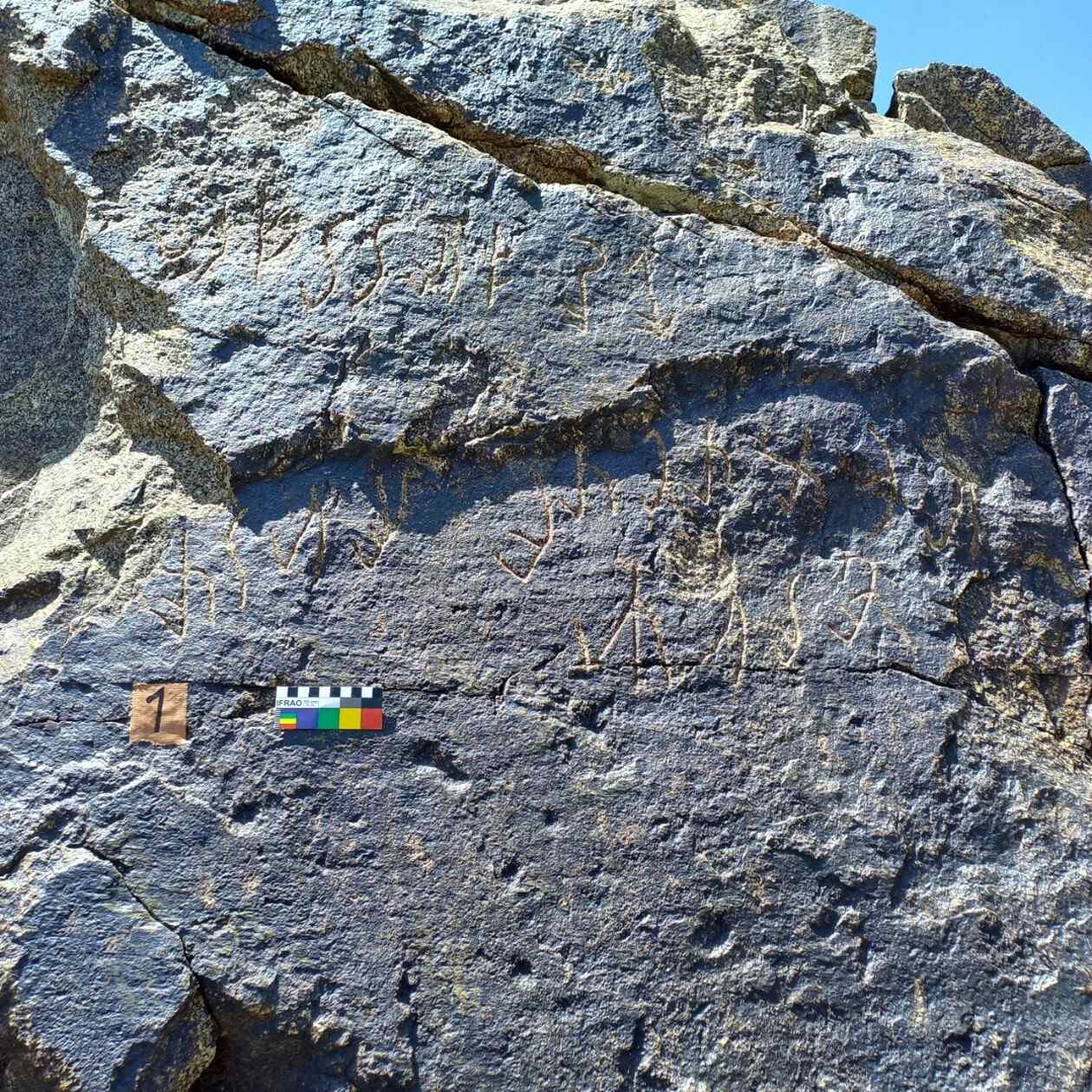
By using the same methodology used to decipher the Egyptian hieroglyphs with the Rosetta Stone, ancient Persian cuneiform script, and Greek Linear B script, the team was able to draw conclusions concerning the form of writing and language based on the bilingual inscription found in Tajikistan (Bactrian and the previously unidentifiable Kushan script) and the trilingual inscription from Afghanistan (Gandhari or Middle Indo-Aryan, Bactrian and the same unknown Kushan script).
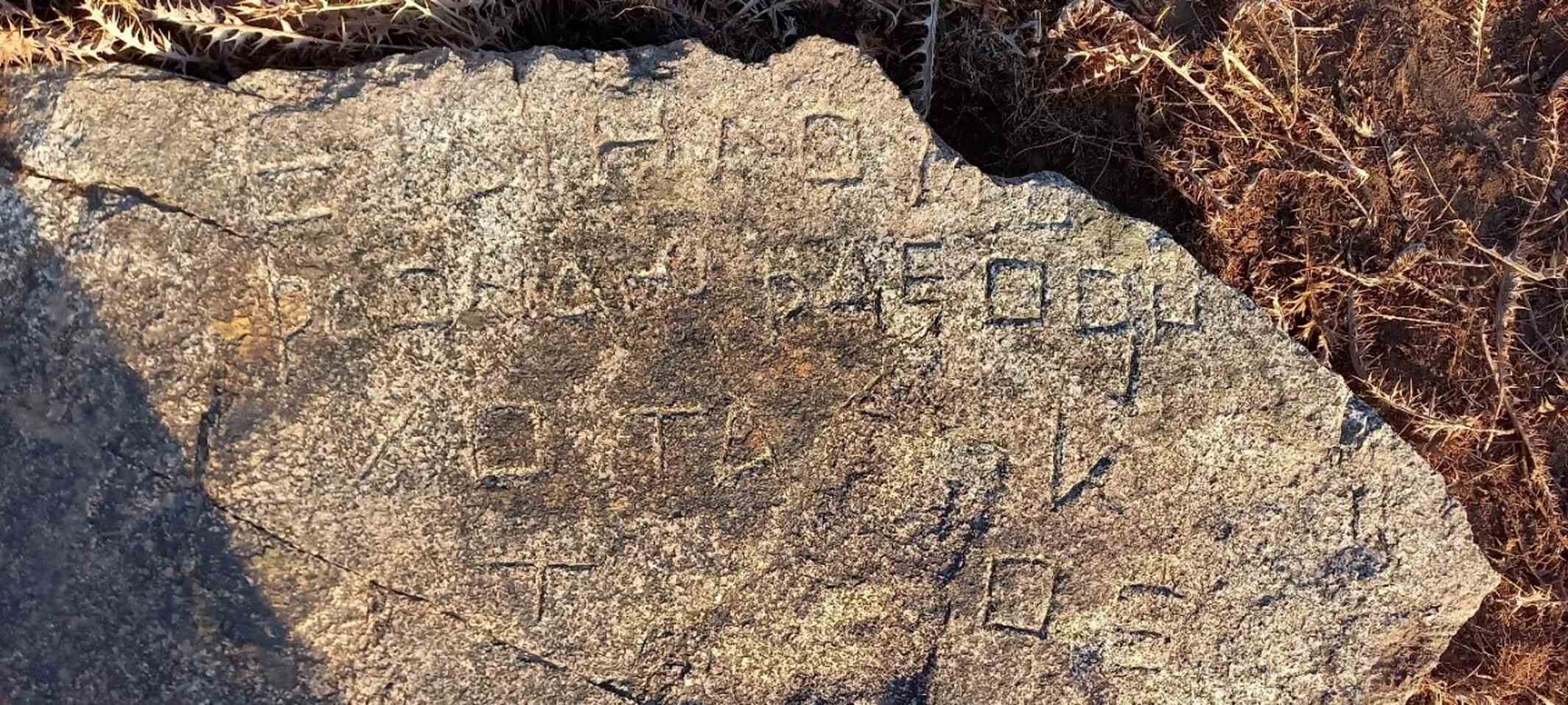
The discovery was made possible by the royal name Vema Takhtu, which was present in both Bactrian texts, and the title “King of Kings,” which was discerned in the sections written in the previously unidentified Kushan script. This title enabled the linguists to recognize the language of the text. Utilizing the Bactrian parallel text, the researchers were able to break down further character sequences and determine the phonetic values of each character.
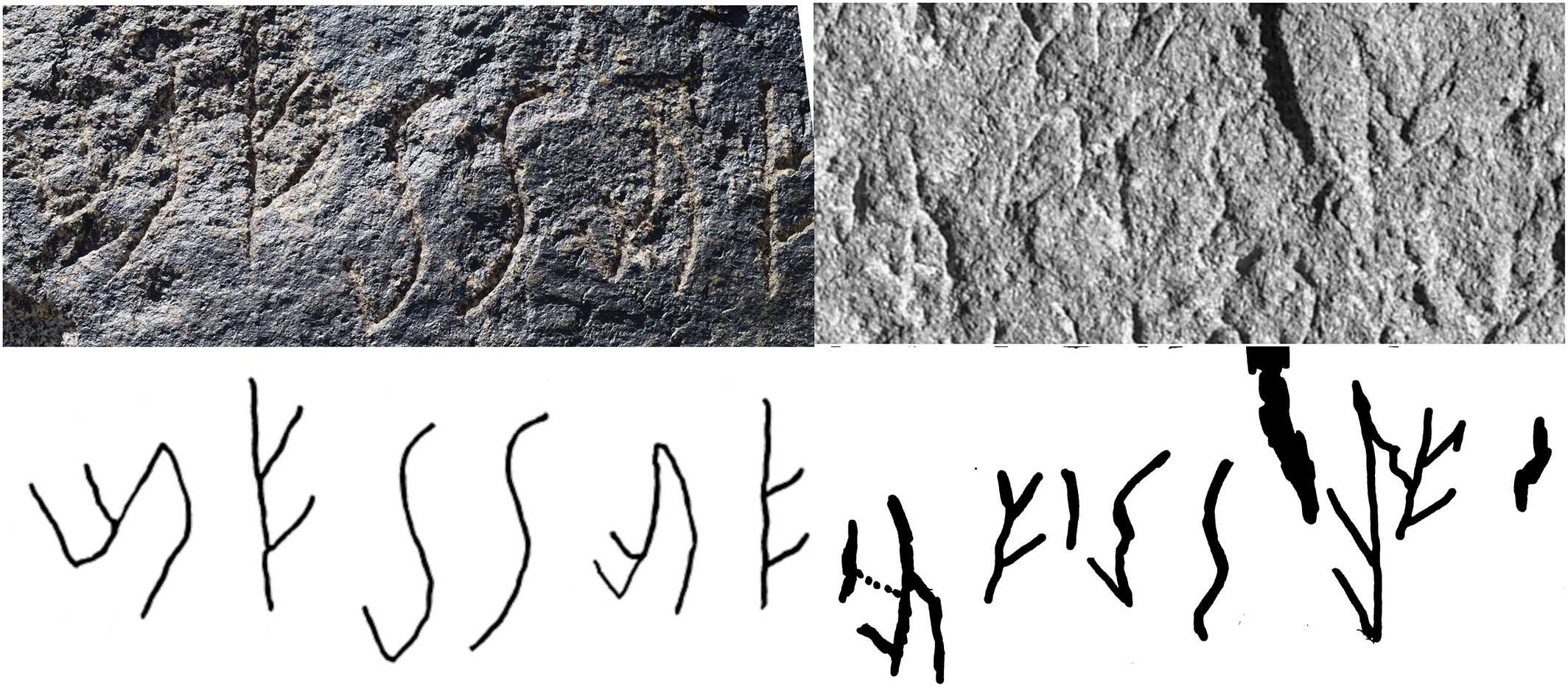
Gaining insight into the intricacies of the Kushan culture
The research group has found evidence of a completely unfamiliar Middle Iranian language captured in the Kushan script. This language is not the same as Bactrian or Khotanese Saka, which was once used in western China. This new language appears to be situated in the middle of the development between these two languages. It could be the language of the population of northern Bactria (in present day Tajikistan) or the language of nomadic groups from Inner Asia (the Yuezhī) who were originally from northwestern China.
For a certain span, it was reportedly used as one of the official languages of the Kushan Empire in addition to Bactrian, Gandhari/Middle Indo-Aryan and Sanskrit. As a beginning name, the scholars suggest the label “Eteo-Tocharian” to describe the recently discovered Iranian language.
In the near future, the researchers are collaborating with Tajik archaeologists in order to conduct research trips to Central Asia. This is due to the fact that new inscriptions have been found, and more promising sites have been identified. Svenja Bonmann, the first author, commented that, “Our decipherment of this script can help enhance our understanding of the language and cultural history of Central Asia and the Kushan Empire, similar to the deciphering of the Egyptian hieroglyphs or Mayan glyphs for our understanding of ancient Egypt or Mayan civilization.”
More information: Svenja Bonmann et al, A Partial Decipherment of the Unknown Kushan Script, Transactions of the Philological Society (2023).



